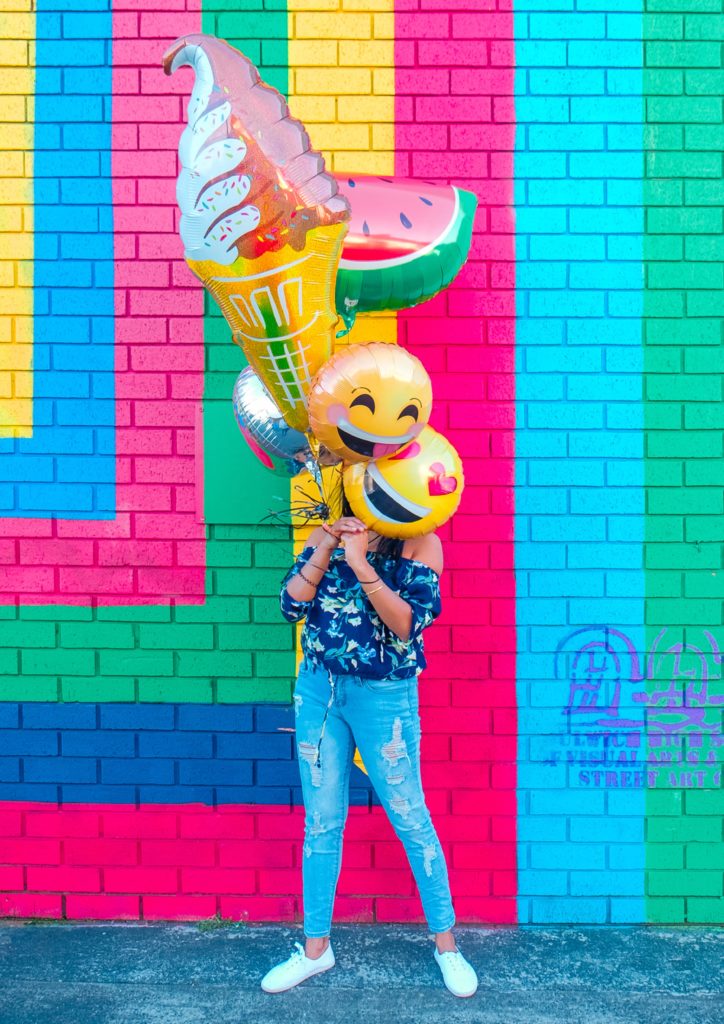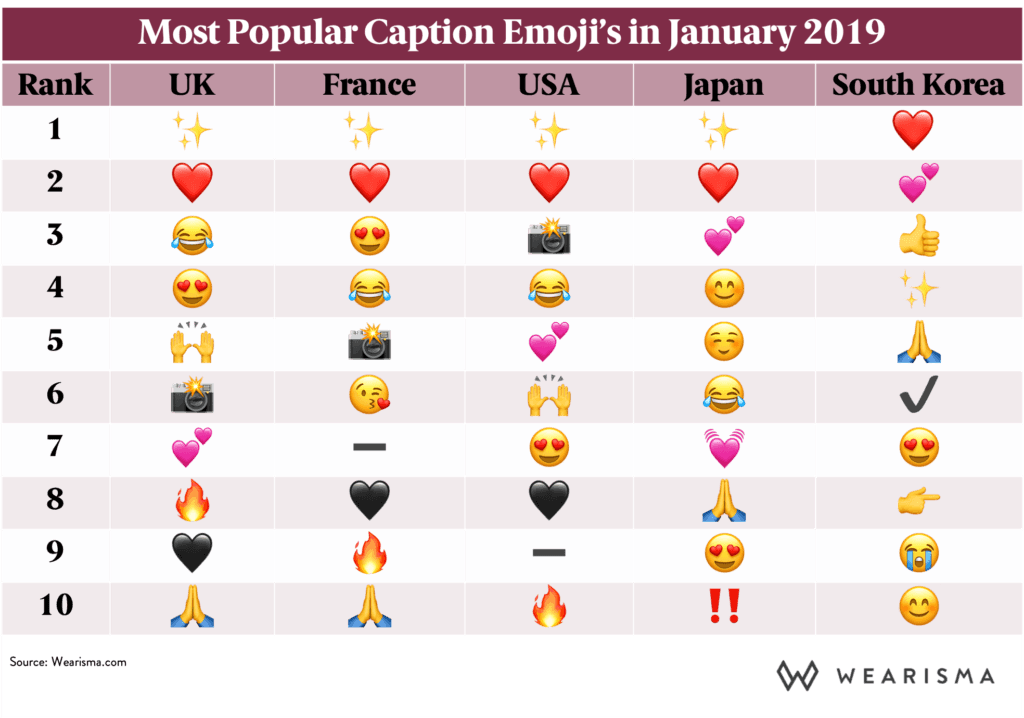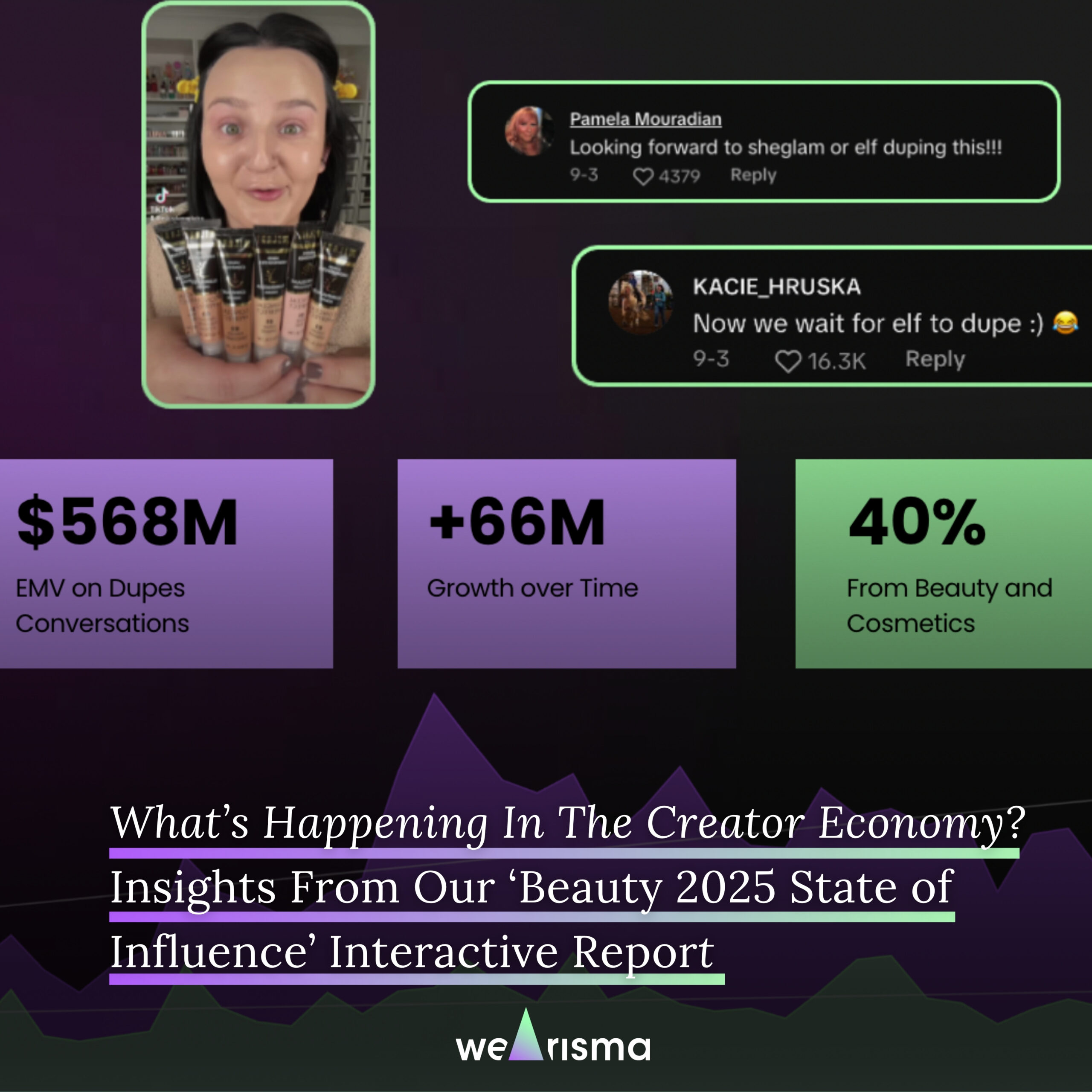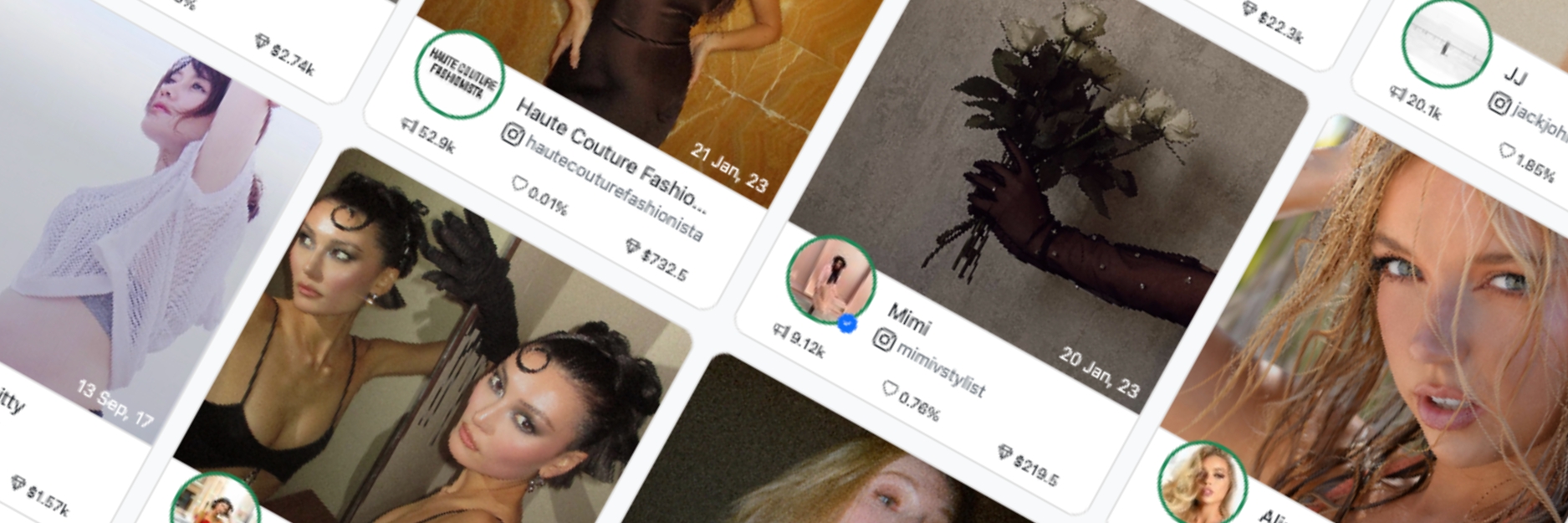🎉 WeArisma joins forces with NielsenIQ (NIQ) to, for the first time ever, measure the impact of Creator Marketing on sales.
In the second part of Wearisma’s Emoji Cloud launch series, we uncover the top 10 emojis used in January 2019 across five regions, revealing shifts in popularity such as the rise of the ‘Red Heart’ (❤️) and ‘Sparkles’ (✨) over ‘Face With Tears of Joy’ (😂). This data underscores the cultural sensitivities and variations in emoji interpretation worldwide, emphasizing the need for brands to understand regional differences in emoji usage for effective influencer marketing campaigns.

Published On: April 18, 2019
Insights into Emoji Usage Across Global Markets
In the second part of our two-part series celebrating the launch of Wearisma’s new Emoji Cloud which allows users to see how audiences are responding to Influencer content, we have revealed the most popular emojis in January 2019 in 5 different regions.
Emojis are used the world over with many such as linguistics professor and author of ‘The Emoji Code: The Linguistics behind Smiley Faces and Scaredy Cats’, Vyvyan Evans hailing them as “incontrovertibly the world’s first truly universal form of communication”, and even “the new universal language”.
Despite this, their usage and interpretations are culturally sensitive. For example, Emoji’s were created in 1999 in Japan and as such, East Asians are said to place more importance on their usage than their western counterparts. While the ‘Thumbs-Up’ emoji (👍) conveys a positive message in North American and Asia, it can be perceived as an insult in Nigeria, Afghanistan, Iraq and Iran. As revealed by a 2018 article by the BBC, in western countries the ‘Applause’ emojis (👏) are used to show praise or offer congratulations whereas in China, this is a symbol for making love, perhaps due to its resemblance to the sounds “pah pah pah” (啪啪啪).
The different interpretations of emoji’s may also stem from the fact that their presentations differ from device to device. As highlighted by Day Translations “A smiling face showing teeth in full or a widely grinning face from a Google Nexus or Android phone would show up as a happily grinning image on an LG phone and as a laughing face on a Samsung phone. But the same emoji could display as a grimacing face on an iPhone.” Similarly some emojis such as the Chinese emoji Ultraman (meaning ‘leaving behind the trend’) are not even available on western social media platforms (Ge & Gretzel, 2018).
Below Wearisma has revealed the top 10 emojis across 5 different countries for January 2019.

Our data reveals that ‘Face With Tears of Joy’ (😂) has been knocked off of its top spot, as ‘Red Heart’ (❤️) and ‘Sparkles’ (✨) rank higher than 😂 in all 5 countries and fails to feature in South Korea’s top 10. Hearts are particularly popular amongst all Influencers with South Korea being the only country to not feature 3 variations of a heart emoji in its top 10. Another popular emoji is ‘Smiling Face With Heart-Eyes’ (😍) which appears in the top ten for all 5 countries while ‘Camera With Flash’ (📸) is more popular in western countries, making the top 10 for UK, USA and France.
With brands becoming increasingly globalised, it is imperative that an understanding of how different forms of communication are received in different markets is achieved. How will you be utilising emojis in your next Influencer Marketing campaign?
Access timely cultural trends, strategic creator guidance, and industry best practices.
Discover the most groundbreaking entertainment marketing insights from our eye-opening panel discussion at ‘The State of Influence 2025 and future-proof your brand for tomorrow’s creator economy.
Why Dior, Jean Paul Gaultier & Belmond Are Winning the Luxury Influence Game in 2025


Join our community and get cultural insights, creator strategy guides, and real-world best practices.
The most comprehensive creator marketing and social intelligence platform, built for brands and agencies ambitious in driving cultural and commercial impact.